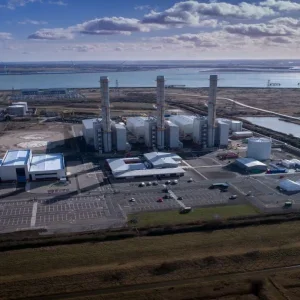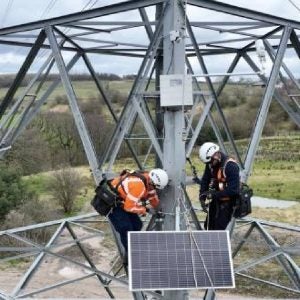 CO2 collected from atmospheric air, in turn, can be used for the growth of algae which is being seen as a potential feedstock in the bio-based economy.
CO2 collected from atmospheric air, in turn, can be used for the growth of algae which is being seen as a potential feedstock in the bio-based economy.
Researchers at the Dutch university believe that the captured CO2 also can find its use in a closed cycle for storage of solar and wind energy.
For their study, the researchers designed a unit that is capable of capturing 500g of CO2 from air per day which would be used for production of micro-algae.
UT in a statement, said: “Algae are very valuable feedstock for food, chemistry and sustainable energy. Their growth rate rises substantially when CO2 is added.
“The capacity of the new air capture unit can be compared to that of four mature trees, each on a surface of 50m2.”
To achieve their objective, the researchers made use of solid particles, sorbents, for capturing the gas.
When the CO2 load is not yet captured, the particles enter an air flow, moving through the unit with a low pressure drop. After CO2 is collected, the particles move up to reach to the top of the adsorber column from where they move down to deliver the concentrated gas load through a heated desorber into an algae reservoir.
Project leader Dr. Wim Brilman says that the CO2 capture unit is flexible and doesn’t depend on industrial plants for collecting the gas, and can be used anywhere in the world.
The researchers say that at €75 per 1000kg of CO2, the energy costs of the carbon capture method are competitive going by the current market conditions.
Another use of the captured CO2 is to combine it with hydrogen to produce natural gas like methane for domestic use, stated the university.
The technology helps in the production of gas by using the excess energy from sun or wind and allows the storage of energy avoiding the need of batteries.
Image: A new carbon capture unit developed by University of Twente. Photo: courtesy of University of Twente.






